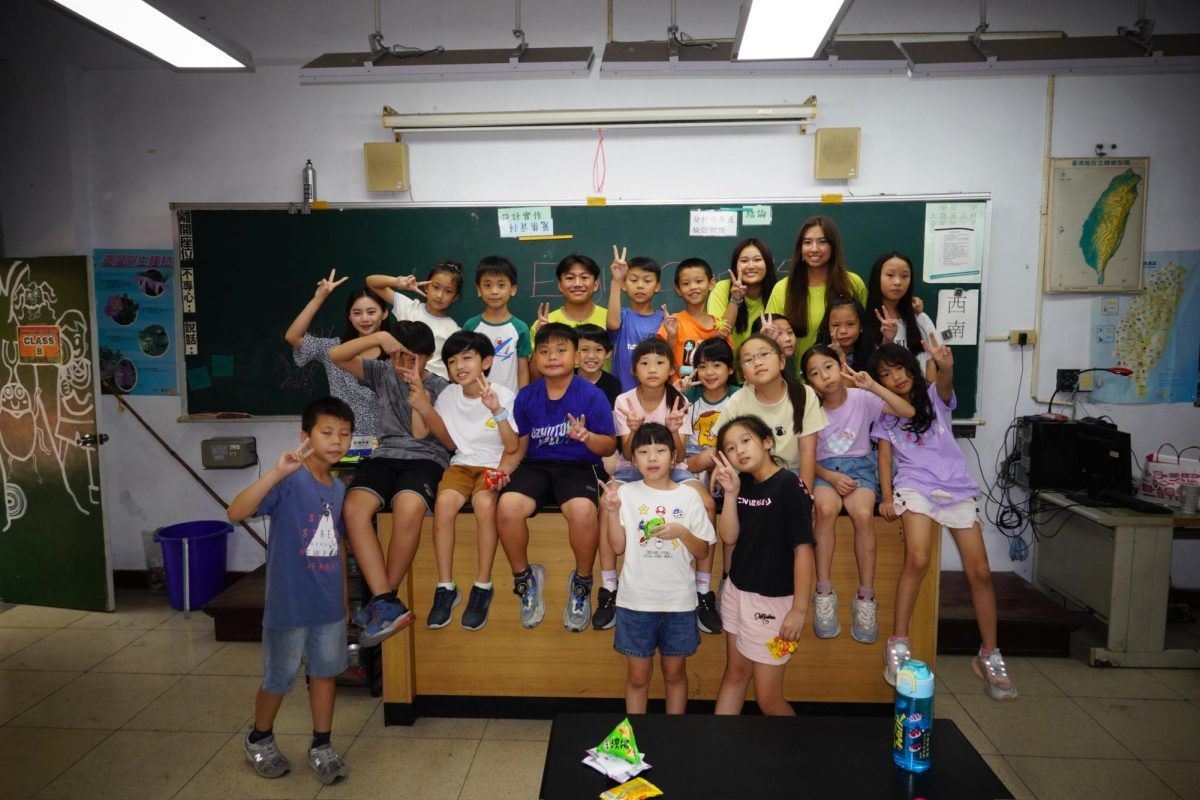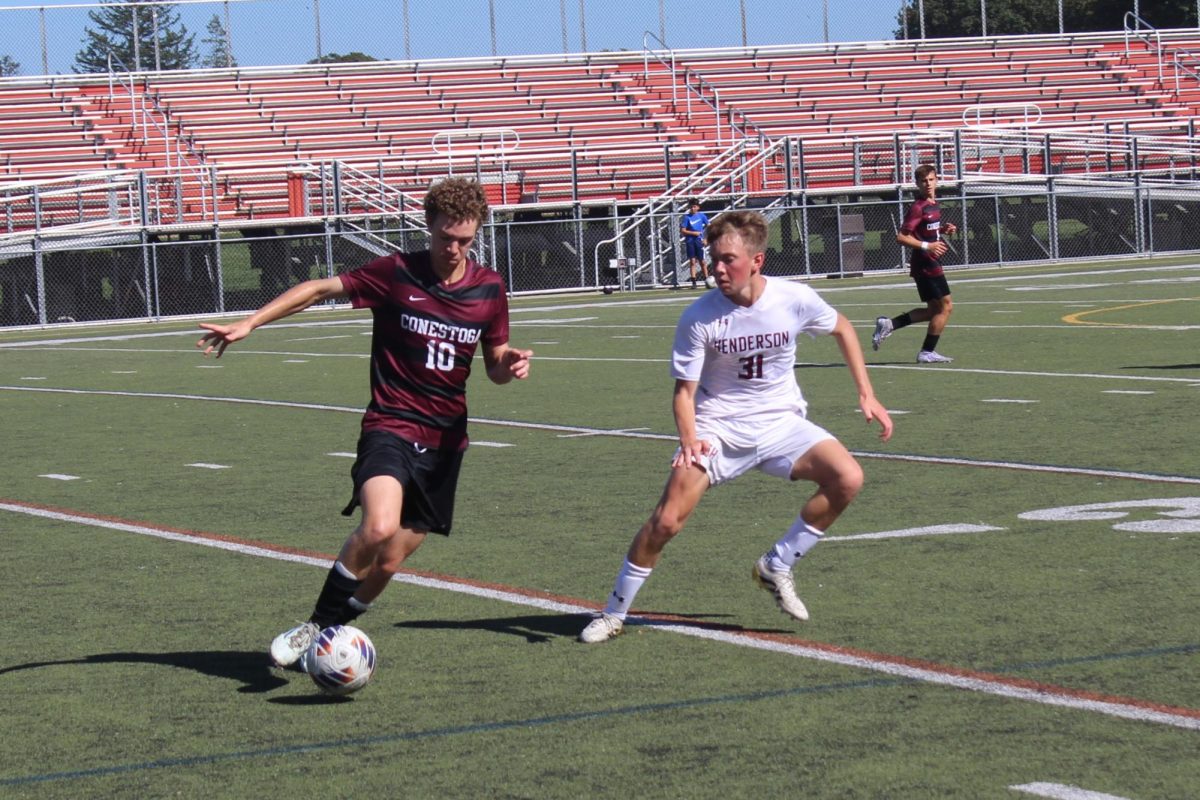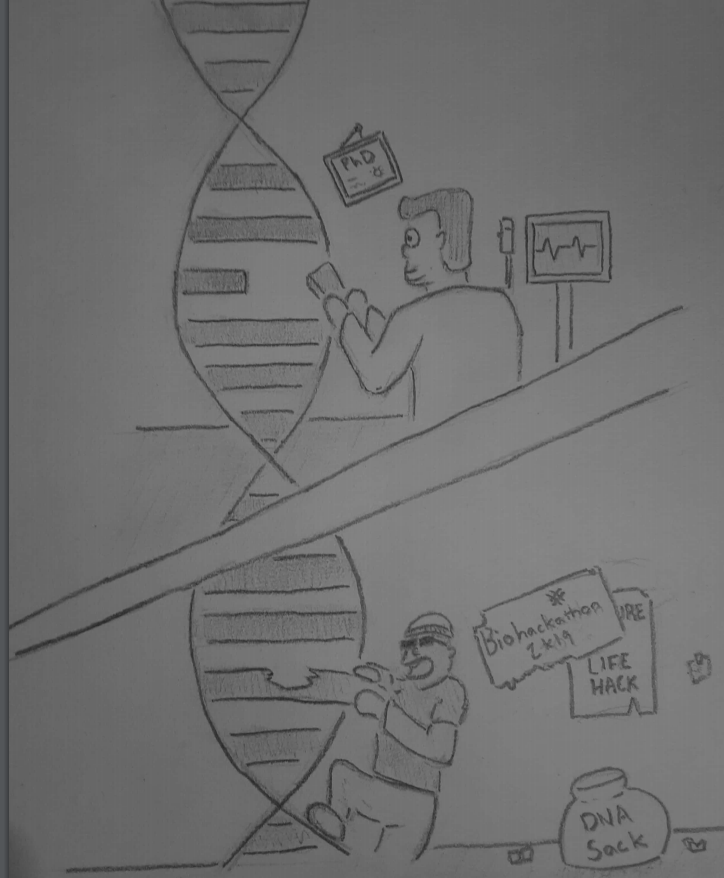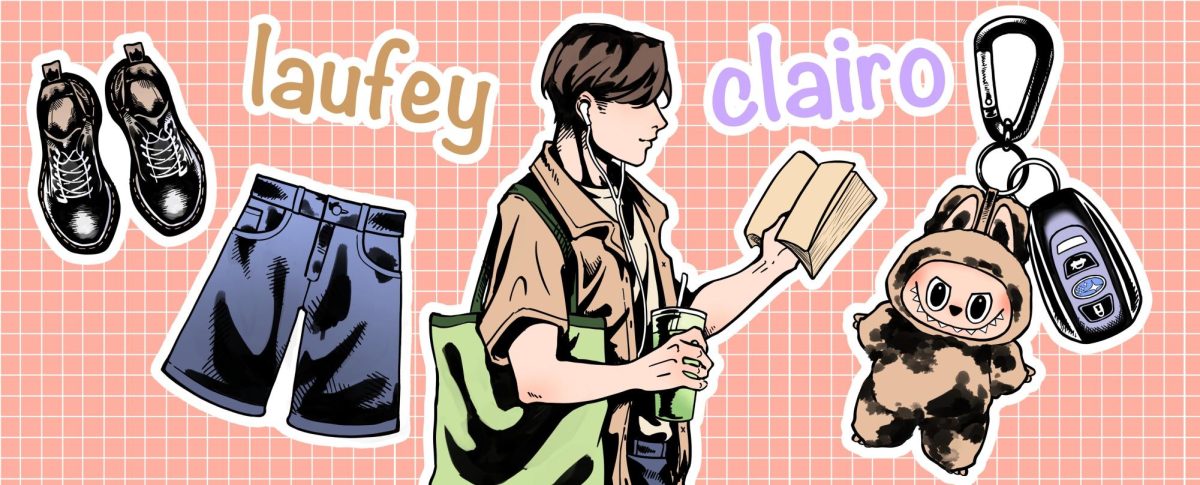By Zakiyah Gaziuddin, Staff Reporter
Up until a certain point in history, to edit the very foundation of our genetic information was the work of fiction. The ability to snip away and edit DNA, just like one would with a sheet of paper, was practically out of this world.
All this changed with gene editing technology. ‘Clustered regularly interspaced short palindromic repeats’ , aka CRISPR, is the most infamous example. Unlike any time in history, we now have the ability to manipulate the essential fibers of our being. Technology like this is unarguably a major breakthrough in science and medicine.
And it isn’t slowing down anytime soon.
But how do we answer questions about the ethical effects of modifying genetics. The question is no longer: Can we do it but rather should we do it. We collectively must draw the line somewhere.
How do we coordinate our efforts as a society to ensure safety ?
To understand genetic editing we must define a few terms. Firstly genetic editing itself. Genome editing is defined by the U.S National Library of Medicine defines as: “[…] a group of technologies that give scientist s the ability to change an organism’s DNA.” These technologies enable us to add, remove, modify specific areas of the genome. Sounds remarkable , right ? Well, yes. But there are aspects that prove to be worrisome.
Do-it-yourself biology, also known as ‘biohacking’, is a very broad term with varying practices. The most notorious one being individuals, oftentimes amateurs,experimenting on themselves in the pursuit of changing or enhancing something about themselves. These self- experimentation’s are done outside the confines of a traditional lab, rightfully raising concerns of saftey.
Josiah Zayner, a former NASA employee, is notable for stunts like injecting himself with DNA using CRISPR and live streaming the entire ordeal. Zayner also runs a company out of his garage which sells biohacking supplies ranging from DNA to DIY genetic engineering kits costing about $2,000. In September of this year, he shared a letter from the Medical Board of California accusing him of practicing medicine without a license through his process of biohacking.
Although the charges dropped, it’s clear the law was starting to crackdown on some of the controversial practices taking place. It also raised concerns of whether or not the unqualified mass should be trusted with life altering technology.
It’s not effective to simply ban all practices of genetic engineering but reasonable regulation seems required.
Obviously genetic editing raises some serious dilemmas ; we now have the power to fight diseases in a new and improved way. On the other hand, this can have irreversible consequences if left unregulated. One mistake and chaos can ensue.
The argument can be made that since biohacking is self- experimental, no one is participating in this movement without consent. But what happens if, or rather when, this technology is used against someone without their consent. What if this turns into a weapon, a very dangerous one at that. It’s a very real possibility.
Throughout history we’ve learned that technologies meant to help oftentimes also cause harm. Boundaries are important. Regulation is important. In our pursuit for the betterment of human life through burgeoning innovation, we as a society must wholly understand and realize what’s at stake and decide if that’s a risk we’re willing to take. We must reach common ground between enthusiasts and skeptics if gene editing is going to truly benefit anyone.
Zakiyah Gaziuddin can be reached at [email protected]





















































































